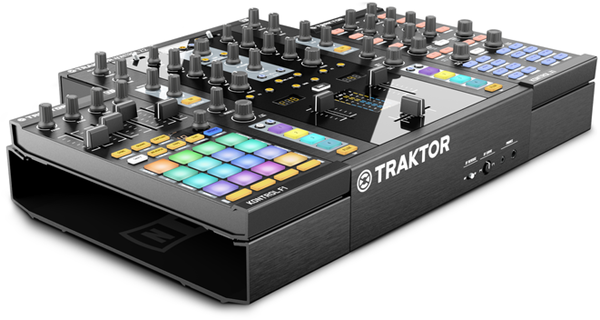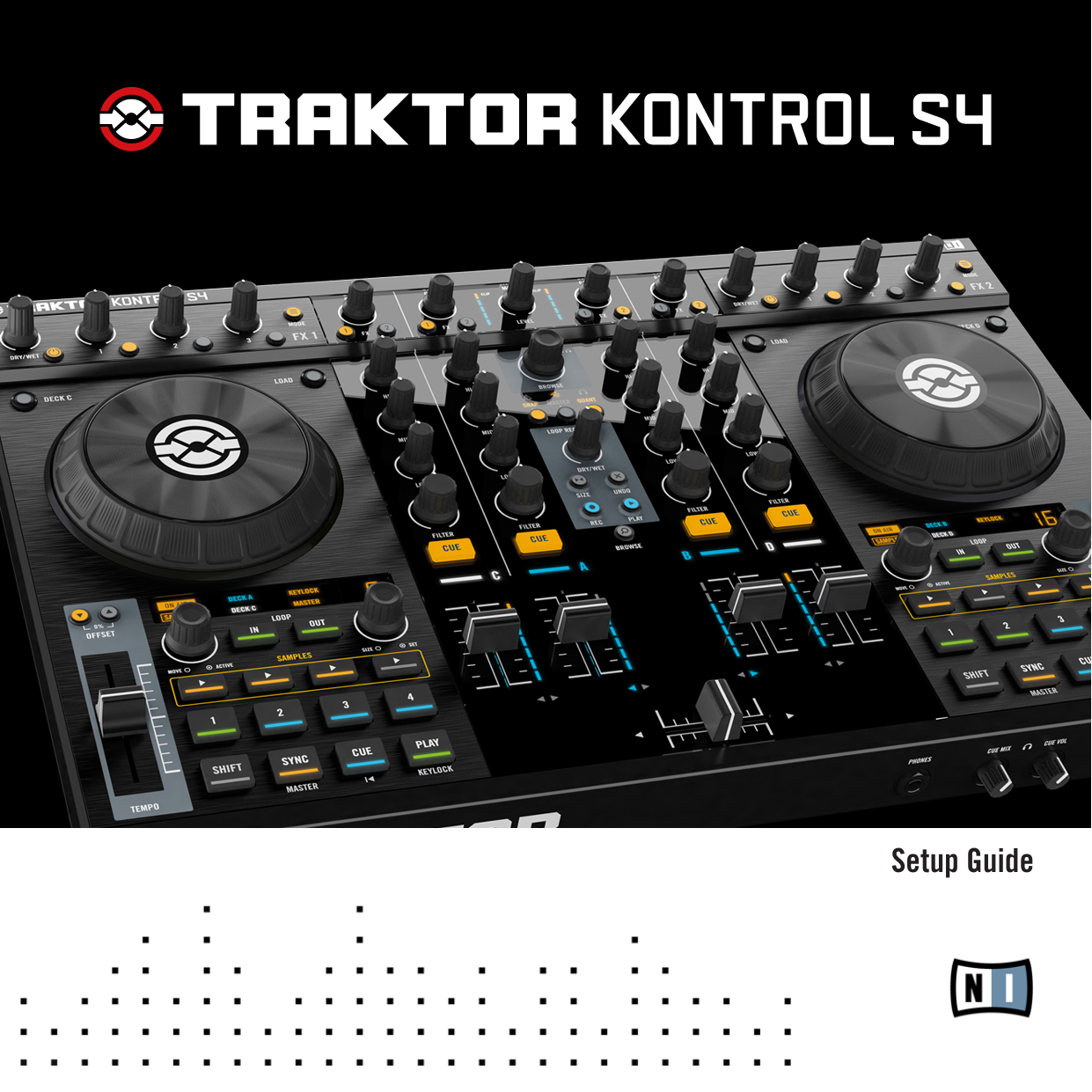

- #Traktor kontrol z2 virtual dj number leds how to
- #Traktor kontrol z2 virtual dj number leds pro
- #Traktor kontrol z2 virtual dj number leds software

This is similar to the drop-down on an input when you set it to ‘direct’. This works the same as when mapping an input. However, in cases where it can only be assigned as ‘global’ but can be used across all decks (Deck Focus, for example), the range would be 0 to 3, in the order of deck A to D.

0 would be off, and 1 upwards is on, with varying degrees of brightness (depending on the controller).Ī lot of controllers have two LEDs under each button (the VCI 100, for example) so 0 would be the ‘off color’ and 1 upwards would be the ‘on color’. In most cases I’ve come across you’ll see a range of 0 to 127. This relates to your controller’s side of things. One complex example would be FX: you can choose a particular effect by selecting the number corresponding to where that effect sits in the group. The thing to remember is that each value directly relates to a state for that function some of them are obvious and some will relate to a drop down menu on the GUI in exactly the same order. In these cases I find it best to put the same number in the min and max, which gives nice solid on/off behavior. Here, a simple on/off approach doesn’t always work, as setting the min to 0 and, say, the max to 2 would result in Traktor trying to output for the 3 states (0, 1, 2) across this range, leading to erratic LED behavior. However, with some functions, ‘Hot Cue State’ for example, a wider range is available in this case -1 to 4. With a lot of functions you’ll just get a range of 0 to 1, so the obvious thing to do here is set min to 0 and max to 1. The ‘Min’ and ‘Max’ boxes basically control what state the function (for example, Play/Pause) needs to be in for when the LED is on (max) and off (min).
#Traktor kontrol z2 virtual dj number leds how to
Getting buttons to light up in interesting and more creative ways, such as using multiple colors to display various states, is a powerful trick you need to know. In my opinion the ‘Controller Range’ and ‘Midi Range’ are the main things you need to understand, as these tell Traktor and the LED how to interact with each other.ĭespite the name, this is Traktors side of the equation.
#Traktor kontrol z2 virtual dj number leds software
This is usually the same note that the button sends out, so map it to something or use a midi-monitor software like midi-pipe.
#Traktor kontrol z2 virtual dj number leds pro
One REALLY ANNOYING THING IN TRAKTOR PRO THAT SHOULD BE FIXED IMMEDIATELY, is the fact that you can’t ‘learn’ midi-out to a button, so you have to know what note the LED receives on and then manually select it from the list. You then insert the event that will trigger the message, like ‘Play/Pause’ in the image above, assign it to a button, and voila – when play/pause is active, the button will light up. These are midi-out mappings, and in Traktor Pro you can add one by clicking the ‘Add Out’ button. Some buttons light up on their own when pressed, but most need to get a message from the software that says: “HEY BUTTON DUDE, something just happened, quick – light up!” The button will stay lit until the software sends another message along the lines of “OK, everything’s over now, you can go home.” You, the grand midi-mapping maestro, get to determine what events send those messages to the buttons. In this article, Brad Cousins will show you how to control the LEDs on your controller using Traktor Pro, and will provide several excellent examples of how to use this technique, including how to show cue point states with multicolored buttons. This involves understanding the second, lesser-known side of midi-mapping – sending midi OUT messages from the computer to your controller. You probably have discovered that although it is easy to map a button to anything in Traktor, it is a bit more challenging to make the button light up in a meaningful way. These days, with the controller market expanding rapidly, most DJs are aware of the concept and have dabbled with a custom mapping here or there. Not that long ago, it was somewhat far-fetched to expect a DJ to understand custom midi-mapping, let alone do any.


 0 kommentar(er)
0 kommentar(er)
